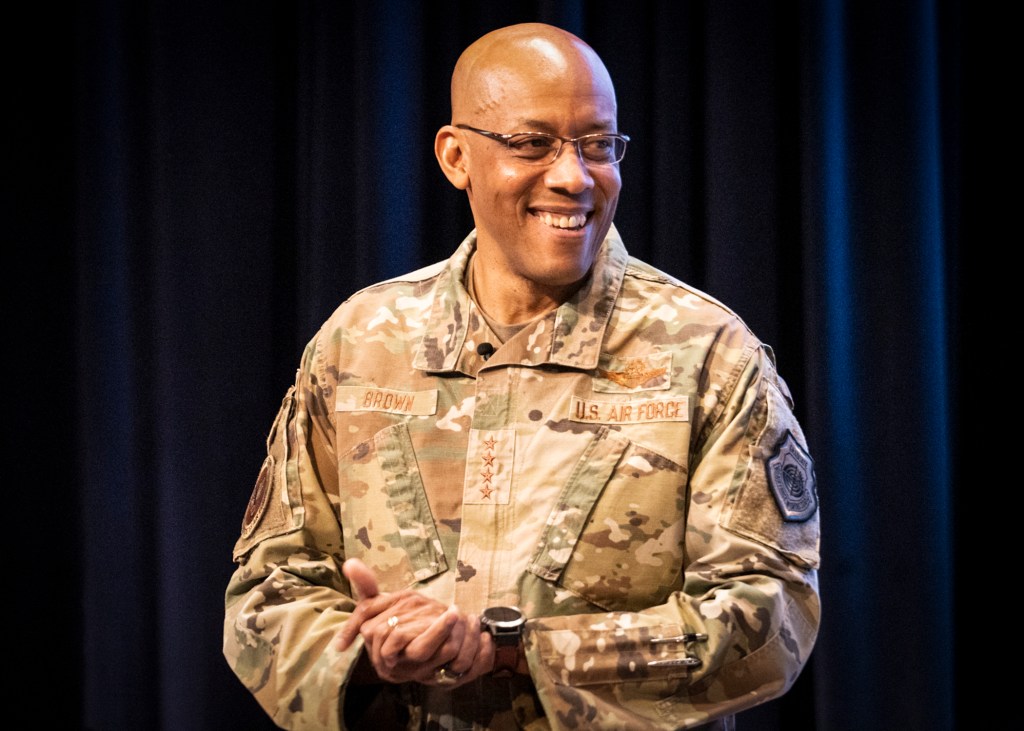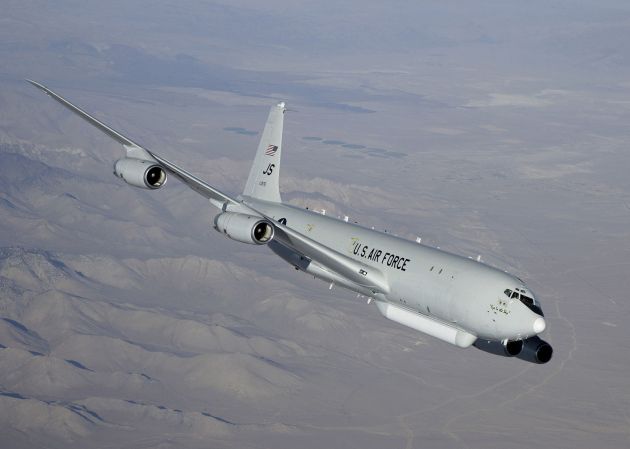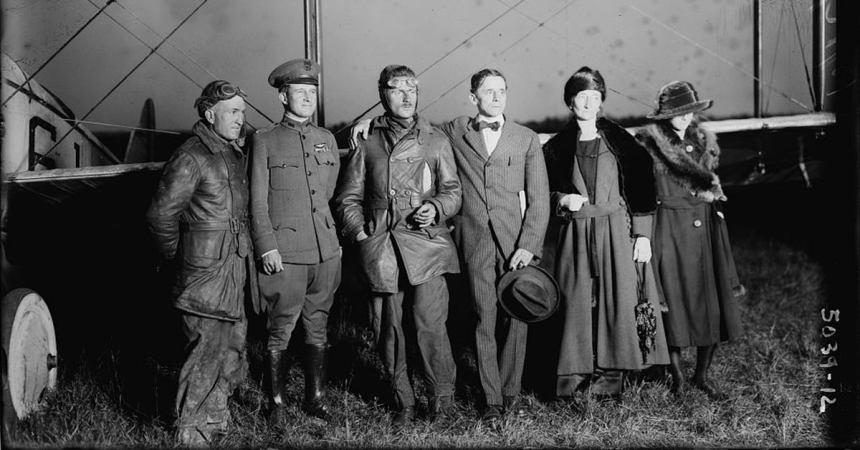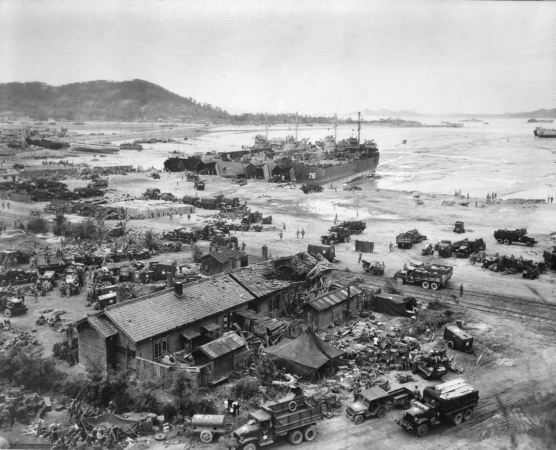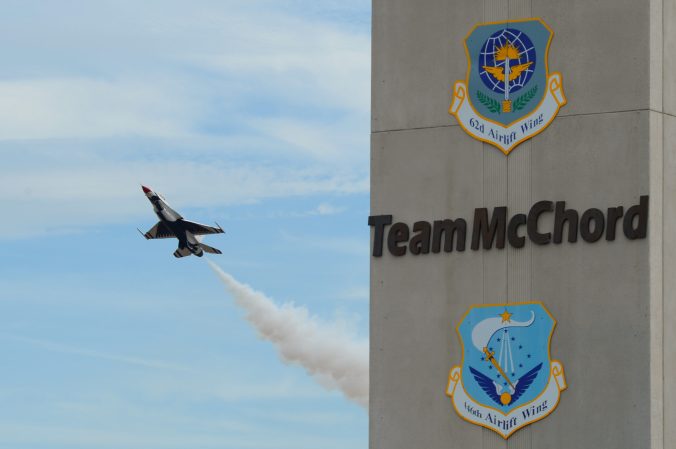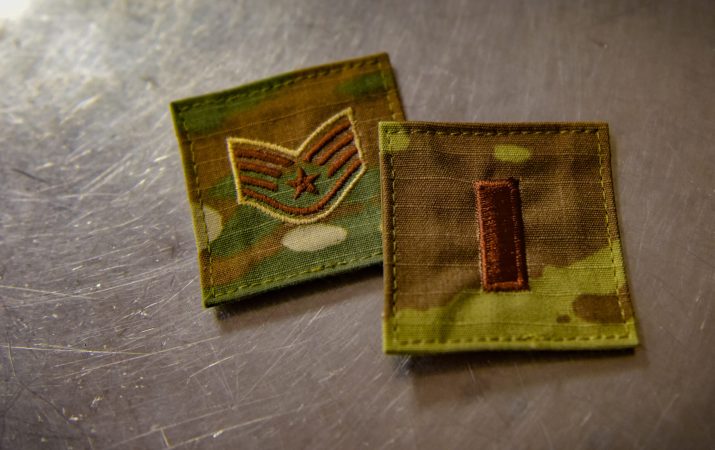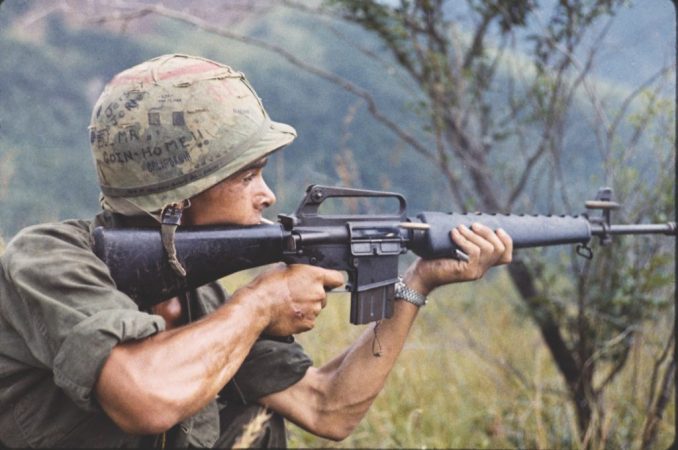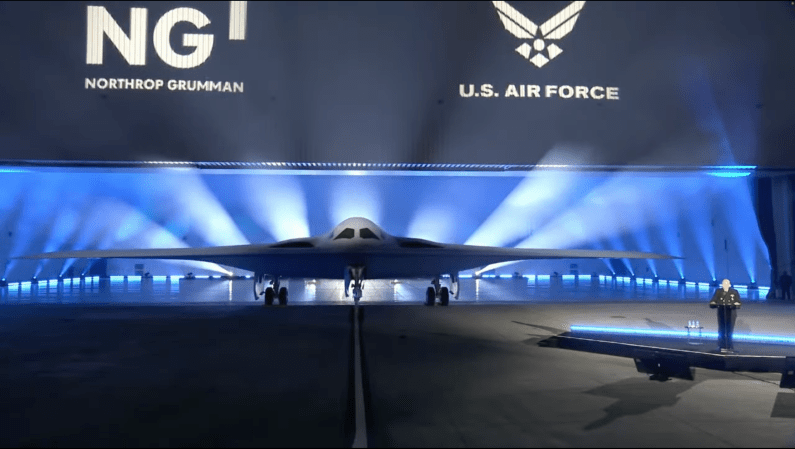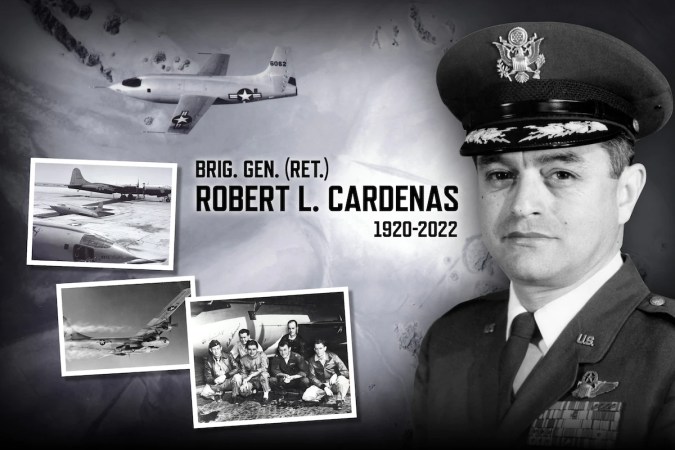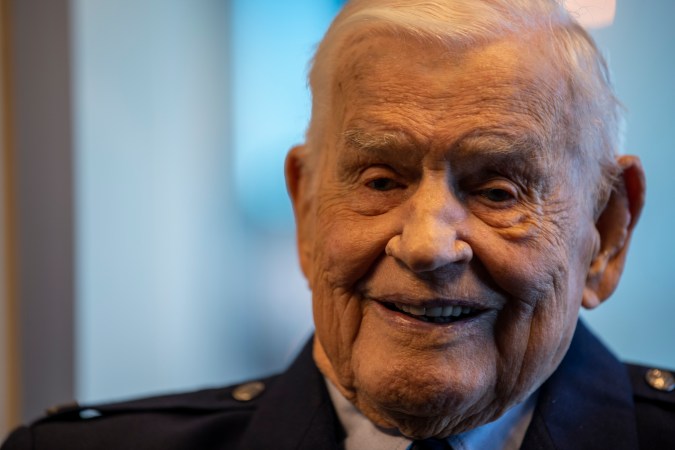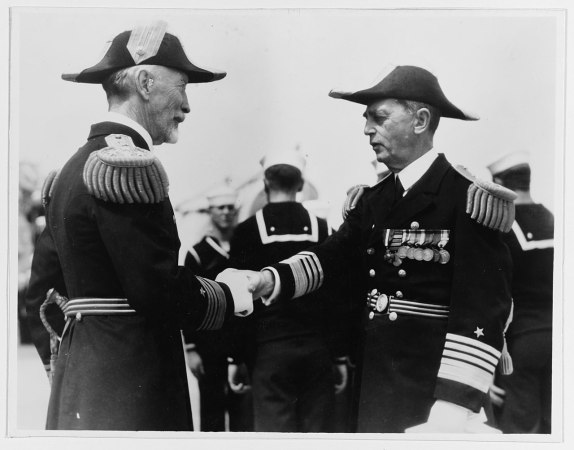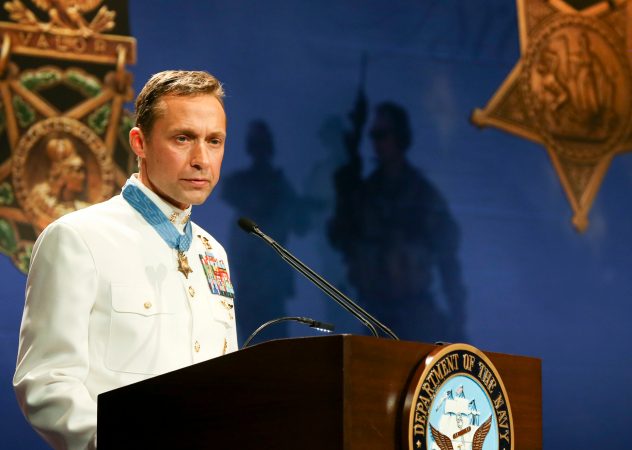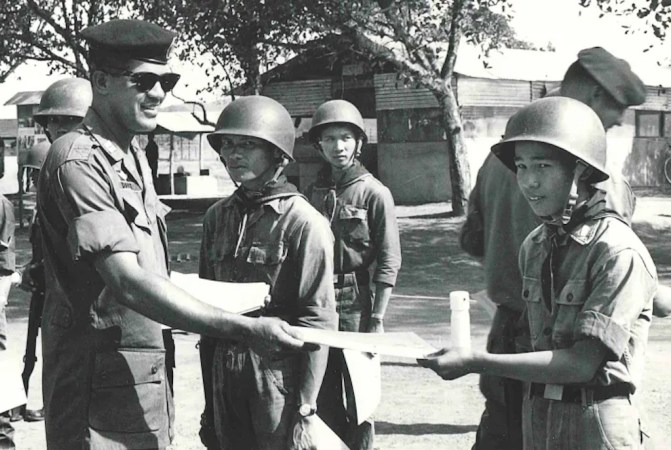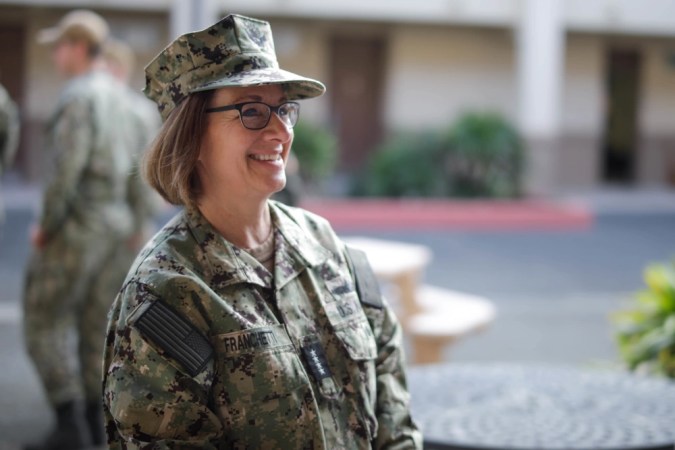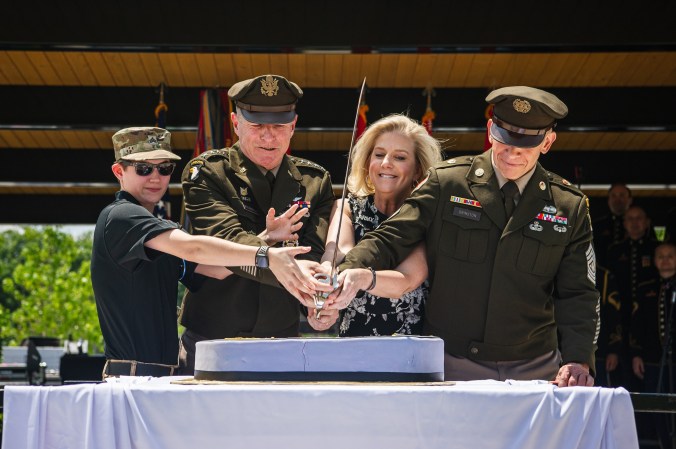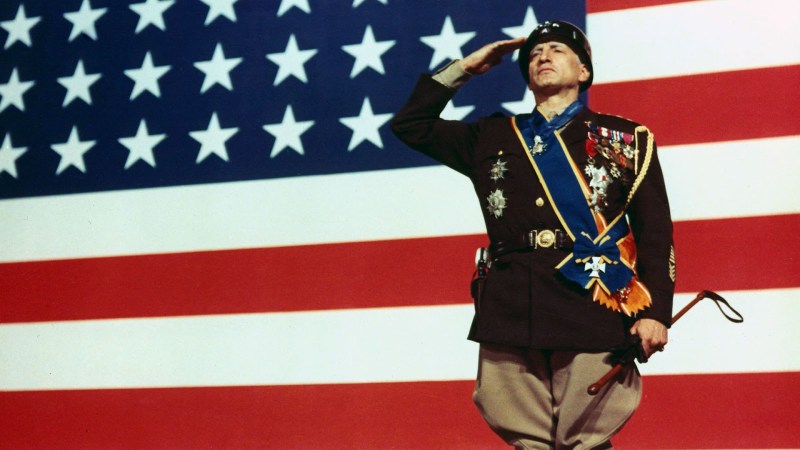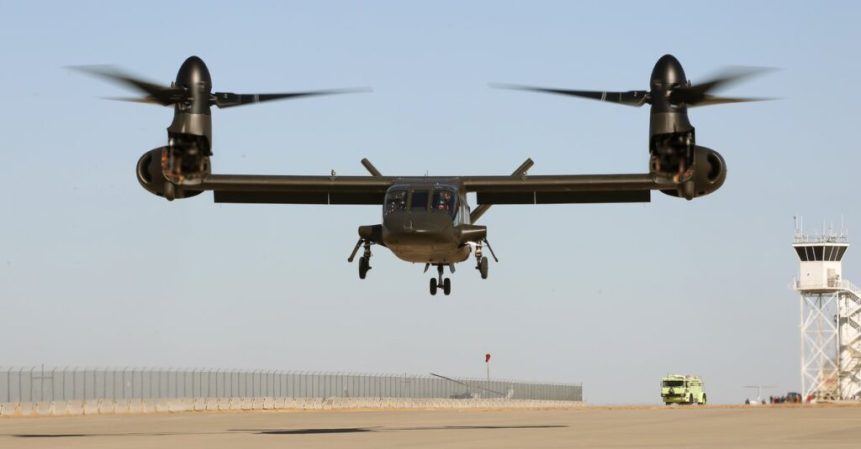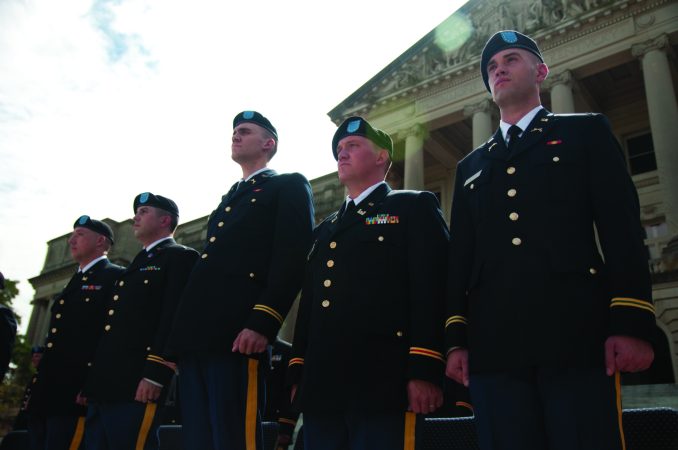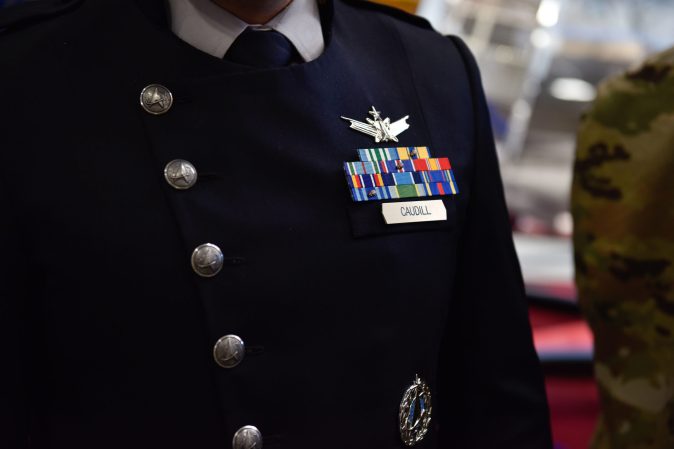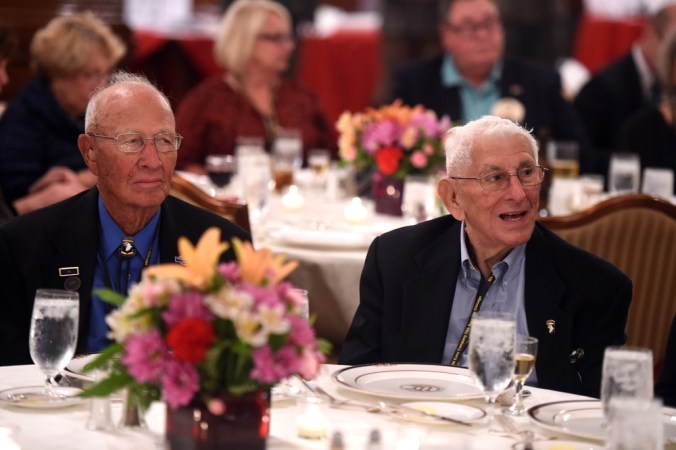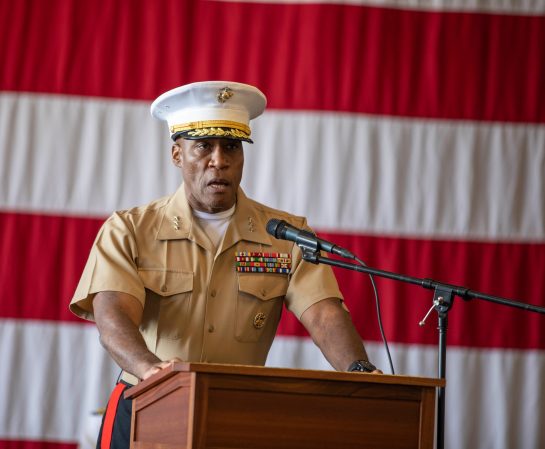Air Force General Charles Q. Brown, Jr. is currently the Chief of Staff of the Air Force, the top officer of the 689,000 active-duty, Guard, Reserve and civilian forces at home and abroad. On May 4, 2023, Politico reported that General Brown will be the officer tapped to succeed Gen. Mark Milley as Chairman of the Joint Chiefs.
The Chairman of the Joint Chiefs of Staff is the nation’s highest military posting, and provides the military’s advice to the President of the United States, Secretary of Defense, and the National Security Council. Despite being at the top of the U.S. military’s hierarchy, the job does not come with command authority, but rather advises the President, who does have command authority.
The Chiefs of Staff are all of equal rank, but by law, the Chairman is granted a “first among equals” status when advising the civilian authorities.
Here are just a few things to know about General Brown, who will likely assume this top spot in the coming weeks.
1. He will be the second Black officer to hold the position.
Gen. Colin Powell, who died in 2021, was the first Black officer to hold the office of Chairman of the Joint Chiefs of Staff. Powell was an Army general and the 12th Chairman of the Joint Chiefs, assuming the role between 1989 and 1993. His tenure oversaw the end of the Cold War, the Fall of the Soviet Union and the 1990-91 Gulf War.
Brown is currently the first and only Black officer to lead any branch of the military. Powell was widely expected to assume the role of Chief of Staff of the Army, but he instead served as President Ronald Reagan’s National Security Advisor and Army Forces Command commander before becoming Chairman of the Joint Chiefs.

2. He will be the first Air Force officer to serve as Chairman in nearly 20 years.
Until President John F. Kennedy took office in 1961, the position of Chairman rotated between the Army, Navy, and Air Force. It was technically the Navy’s turn to have an officer serve as Chairman when Kennedy broke the tradition and went with another Army officer. Since then, half of the Chairmen have come from the Army.
Before General Brown, the most recent Air Force officer to serve as Chairman was Gen. Richard Myers, who held the office from 2001 to 2005. Brown will only be the fifth Air Force Chairman of the Joint Chiefs of Staff.
3. Brown almost left the Air Force before he got started.
General Brown studied Civil Engineering at Texas Tech, where he earned his commission at the school’s Reserve Officers Training Corps (ROTC) program. Although he would one day lead the branch, he admitted that he nearly dropped out after the first semester. When he didn’t drop out, he told himself he would only be in the Air Force for four years.

4. He might be everything the White House needs right now.
General Brown is a command pilot with more than 3,000 flying hours and 130 hours of combat flying, but his resume includes time as the Director of Operations for Strategic Deterrence and Nuclear Integration Headquarters for U.S. Air Forces in Europe, Commander of U.S. Air Forces Central Command during the height of the Afghan War, and Commander of Pacific Air Forces between 2018 and 2020.
This means he can provide the President with useful advice in three key areas where the U.S. has strategic interests and tactical operations: Eastern Europe, the Middle East, and Asia – namely, the areas where China is expected to project regional power.

